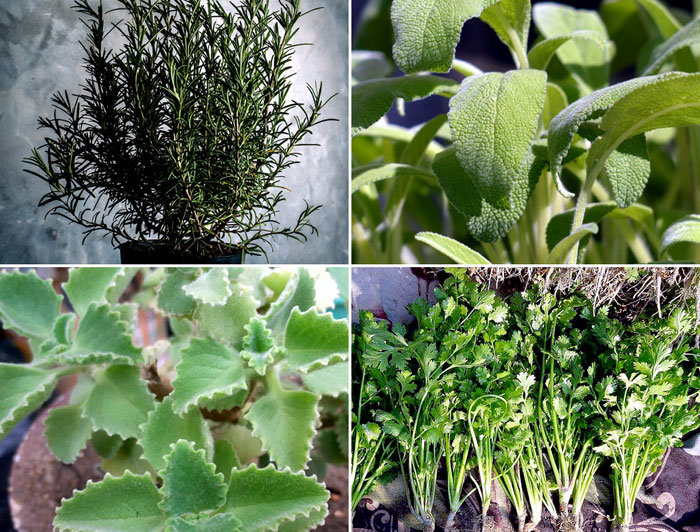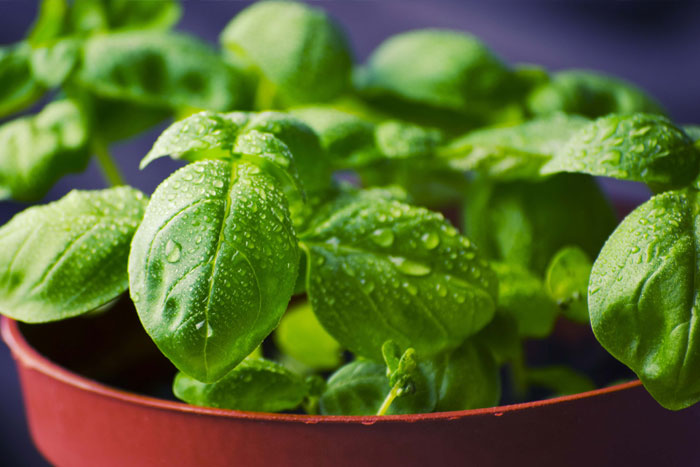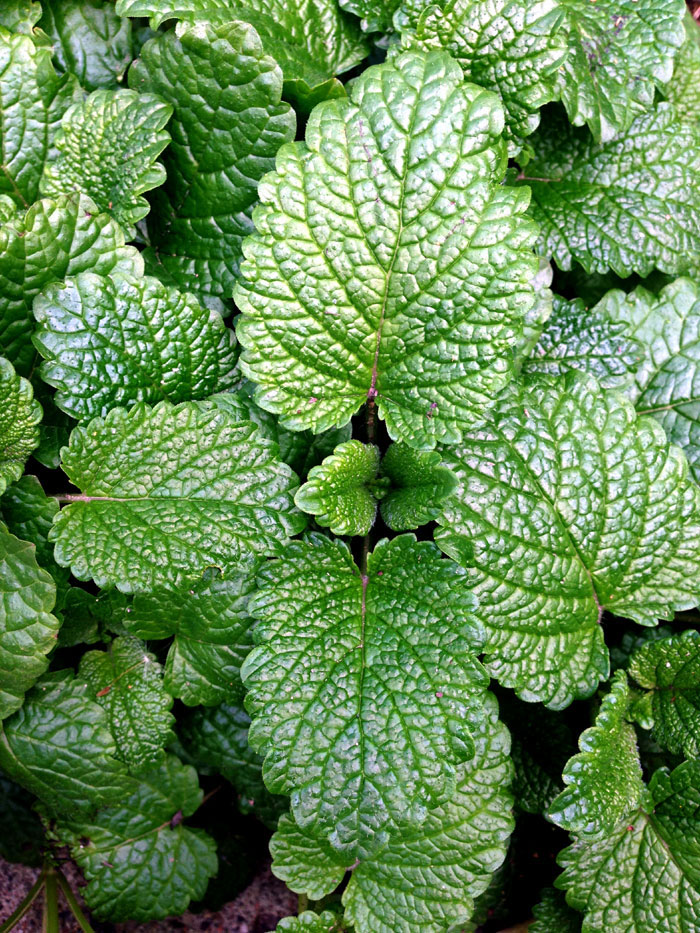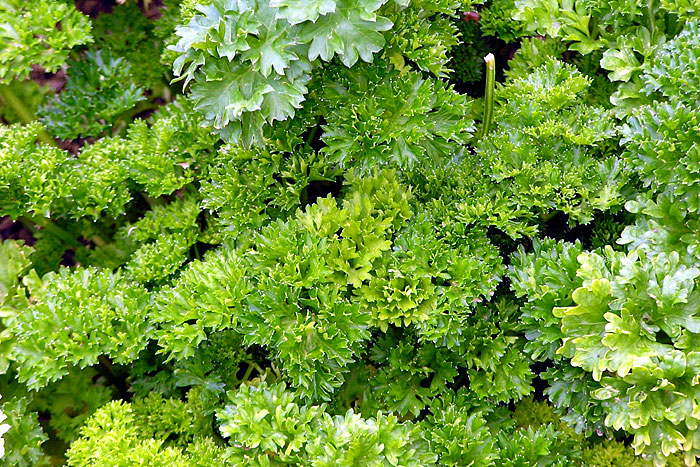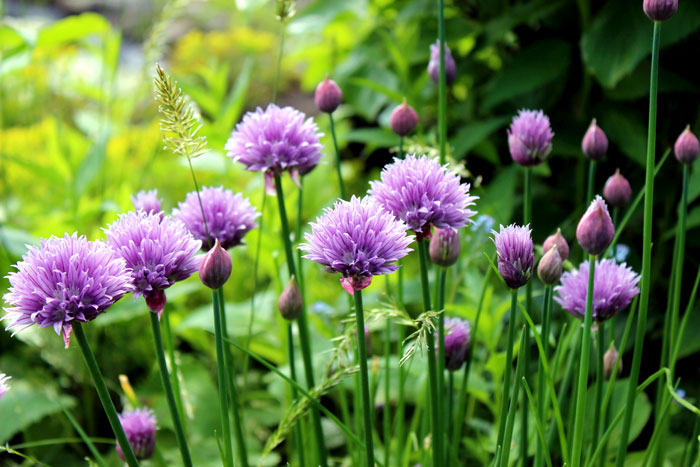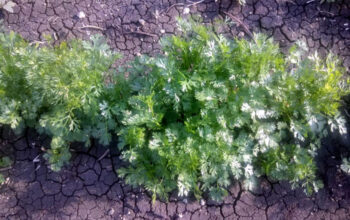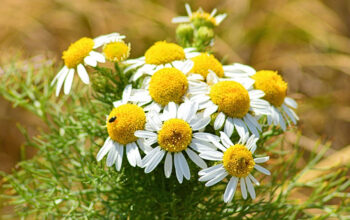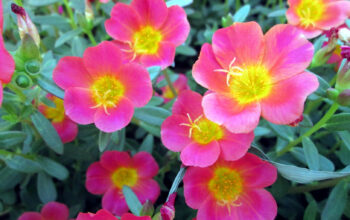Herb garden
Learn 9 Easy Growing Herbs for your beginners Herb garden in this article. The kitchen garden is the easiest and useful place of the herb garden, which you can take care of regularly. However, herbs require little maintenance, and they produce amazingly. To grow it, choose a place where full sunlight comes, or at least 4 hours of daylight.
Herbs are the most natural plants to grow in the garden, providing you with both health and flavor. If you are a new gardener, then you should start a herb garden.
Growing herbs
We are introducing you to many such herbs that can grow in your kitchen garden. You can decide according to your convenience and give the overused pa place in your kitchen garden Rosemary, thyme, and mint is elementary to grow and maintain. There are many options here; you can choose from them as well.
Thyme
Coriander
Basil
Mint
Rosemary
Oregano
Sage
Parsley
Chives
1. Thyme
Thyme is a pungent, woody perennial and wonderful herb. It is an aromatic herb native to the Mediterranean Sea, preferring a warm, dry climate with sandy, rocky soil. Ornamental culinary varieties of thyme used in soups and vegetables.
Thymus vulgaris prefers well-drained and dry soils. Planting in early spring with pH soil between 6.0 and 8.0. Firstly, you can fertilize by adding organic material to the ground of the garden, do not require too much soil amendment. Thyme requires a growing area with full sunlight. These plants need very little care; you only take care of water in arid conditions and feed it sparingly.

2. Coriander
Coriander, Cilantro is a trendy plant, which is used almost in the whole world. In India, it is called Dhania and Cilantro in the West. Its green leaves and seeds are used every day in recipes. Coriander use to enhance flavor in Asian food.
Loamy, Well-drained, and fertile soil are suitable for Coriander. If your soil is heavy, then improve the ground to use garden compost or well-rotted cow dung manure. Coriander plants like moisture, so keep the soil moist regularly. Cilantro is especially developed in warm weather very quickly. Once coriander leaves are about 6 inches long, you can harvest cilantro leaves. Gently pinch the upper part of the plant; this will bring more new foliage. If your plants have flowers, do not harm them. Because its flowers are also fragrant and edible.
3. Basil
Basil is also called the Great Basil or Saint-Joseph’s-wort. It is a culinary herb; this herb is called the king of the medicinal plant and the royal herb. Basil is a leafy shrub whose annuity has a different scent. There are many kinds of basil, Sweet, purple, lemon, and Thai basil. Basil can plant easily. It used in Italian and Chinese dishes, but it only grows in the summer. Read also
The plants require full sun 6 to 8 hours, so it should plant outdoors. Moist and well-drained soil is better for this plant. If you are planting the seeds about to 10 to 12 inches apart. You can also plant a smaller bring from the nursery. Water the plants regularly during the summer. Read more.
4. Mint (Mentha)
Mint plants are a perfect start for a new gardener to an herb garden. More than 600 varieties of mint are available, requiring a significant amount of sunlight and water to plant.
People use it to enhance the taste of their food and tea, we and all of you buy it from the market, but it is not necessary to be fresh and organic, so it is not suitable for health. You can quickly grow it in the courtyard or terrace of your house. Peppermint is a herb plant that overgrows and requires very little care.
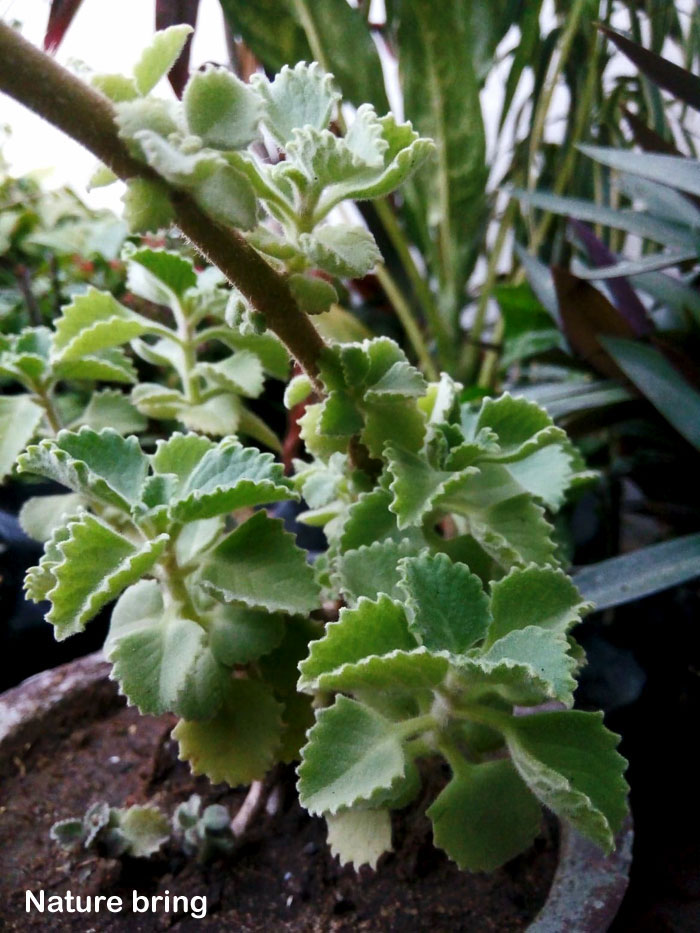
5.Oregano
Oregano is a perennial herb containing pinkish-white or white flowers. It used in delicious dishes. Origanum vulgare is one of the flowering plants of the Mint family (Lamiaceae), oregano is native to the temperate zone of the western, southwestern Eurasia and the Mediterranean region. Mostly used for food and health. In this method, the plant used in pasta sauce, but, since ancient times, it used as a medicine in Greek and Roman. Read more.
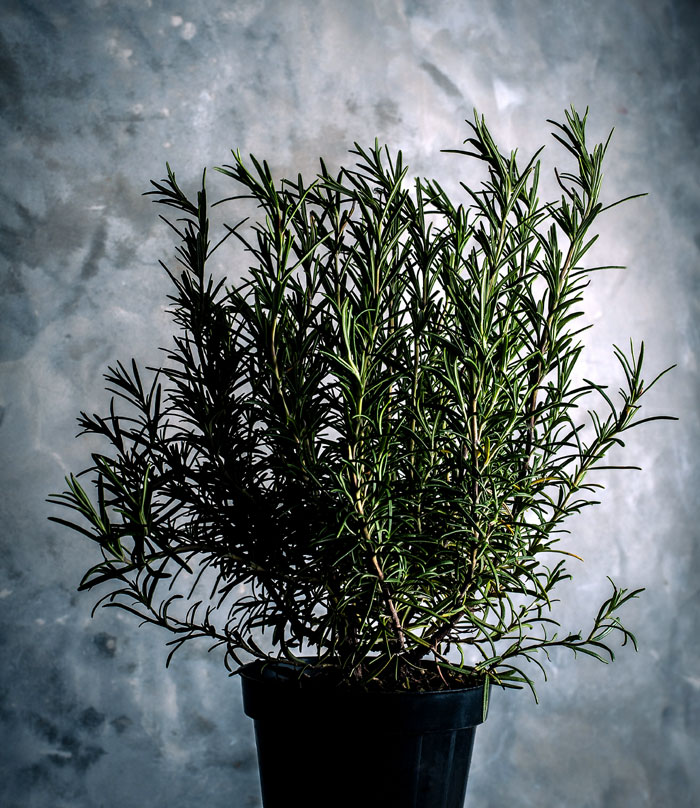
6. Rosemary
Rosemary is an Evergreen herb with blue flowers, which are popular due to its aromatic leaves and bitter taste. It used as a spice in food and its oil used as a medicine.
Many people use it for soup and poultry. Evergreen rosemary flowers enhance their beauty in the spring and midsummer, which spread an aroma in the air; this plant also used as a decorative plant. Its leaves are needle-like, and the color is brown and green.
Rosemary herbs like full sunlight and happy Loamy/ sandy soil. Rosemary grows well in the sun for 6-8 hours. Prefers dry soil well, enrich current soil with few inch compost because these plants prefer moisture. For this, pH 6.0s to 8.5 are the best.
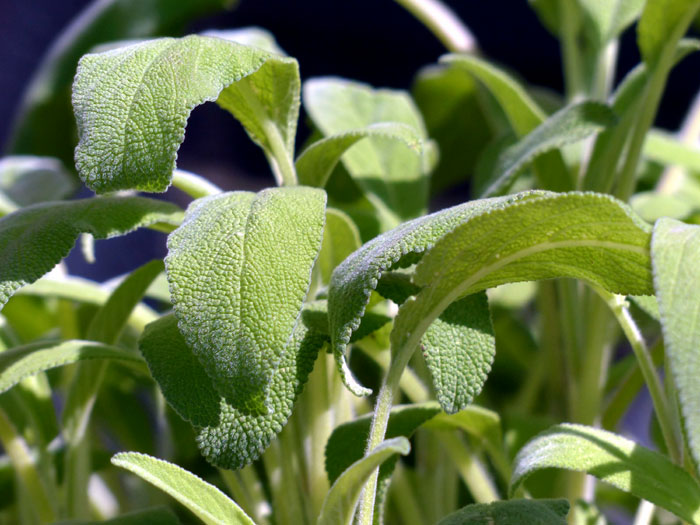
7. Sage
There is a large group of Sage, it contains annual, biennial, and perennial shrubs, more than 9 00 species of it found. Famous Salvia is the culinary herb sage, with the bright brown-green leaves. Well, known salvias, such as S. leucantha, warm and arid climate, are residents of California and the Mediterranean region and flourish very well in low water gardens.
Sage likes full sun and very well-drained soil. However, most of its varieties tolerate partial shade. Some rising salvias plants like Japanese yellow sage (Salvia koyamae) prefer fertile, humid soil and partial shade, which are not very popular.
8. Parsley
Parsley or garden parsley (Petroselinum crispum) is a species of Petroselinum. This most popular herb originally cultivated in Algeria, Greece, and Italy is Tunisia. It widely uses as a herb, spices, and vegetables as this year has grown twice. Some people do use it in soup and casserole. Some people do use it as medicine. To enhance the taste of the food parcel is used. You can sow its seeds about 3 to 4 weeks before the last spring frost, as it is a slow starter and takes about 2.5 to 3 weeks to germinate. Parsley can tolerate cold weather. The seeds of the Parsley plant grow very well in moist and fertile soil. Keep a distance of 6 -8 inches apart at the time of planting.
9. Chives
It is a light onion that is fragrant and perennial. The purple flower of chives is beautiful. It produces its edible flowers in spring and early summer. You can grow a Chives plant from seed. When planting this herb, be sure to carefully choose the appropriate surface, as it will occupy your garden if you left the flowers on itself. You plant it after the last frost has passed. Trim regularly to encourage longer production. Divide and replant over a few years to promote new growth. Read more.
Happy Gardening
Read also: How to start a Herbs garden. Growing Colchicum in your garden. Coriander Growing and care in containers. Orange growing and caring guide. Plumeria growing and caring guide. 8 Best Frugal Gardening tips. 11 Best winter flowers for your garden. Freesia flowers growing and care guide. Soybeans growing and care guide. Geranium growing and caring advice. Liatris’ growing and caring guide. Hollyhocks growing and caring advice. Growing Rosemary in containers. Basil growing and caring advice. Begonia Houseplant is a growing guide. Self-seeding plants maintain your garden beauty.
For pin:


